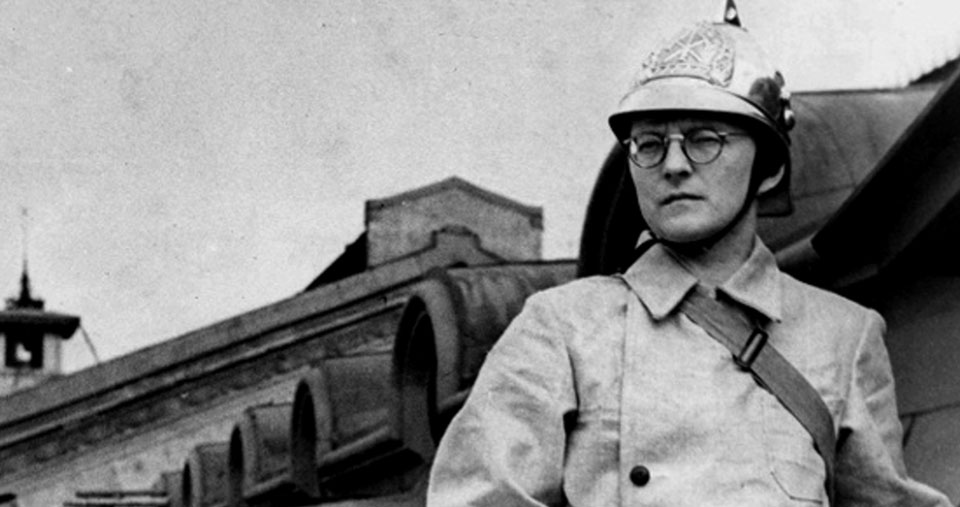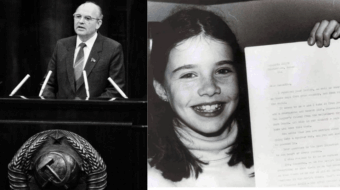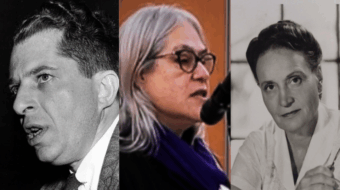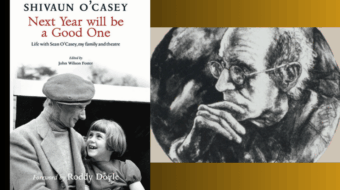
The Cold War against Russia—previously aimed at the Soviet Union—continues. This includes the removal from public memory of the many atrocities committed by Nazi Germany on the Soviet population and the latter’s heroic role in the defeat of fascism.
On June 22, 1941, Germany invaded the USSR. It resulted in a holocaust in which at least 25 million Soviets perished, more than half of the dead of World War II.
One of the most horrendous acts of barbarity was the German blockade of Leningrad, today known as St. Petersburg. For almost 900 days, from September 8, 1941, to January 27, 1944, all supplies were cut off, and the people of Leningrad systematically starved to death. Over one million Leningraders died.
The Siege of Leningrad was recorded not only in books but also in music. A resident in Leningrad at the time was composer Dmitri Shostakovich. He began work on a symphony immediately after the attack began, expressing his thoughts on Soviet life and the ability of his people to defeat the fascists. This symphony, his seventh, is known as the Leningrad.
It has four movements. The first is entitled War and begins with lyrical music describing a peaceful life in the USSR before the fascist invasion. A solo violin is interrupted by a distant drum and the “invasion theme,” which is repeated twelve times with a growing number of instruments, growing ever louder and shriller, creating a profound sense of unease. Military drums punctuate this section, which ends in an outcry of pain and horror. A quieter passage follows—a solo flute, then a bassoon, grieving the dead. Accompaniment is fragmented, so expressing the broken people it bewails. Dissonances dominate.
In the second movement, Memories, the mood changes to happier times, some dance melodies, although a note of sadness is also present.
The music of the third movement, Wide Expanses of Our Land, affirms the heroism of the people, their humanism, and Russia’s great natural beauty. The movement is a dialogue between the chorale, the solace given by the splendor of the homeland, and the solo voice—the violins, the individual in torment. Both the second and third movements express Shostakovich’s conviction “that war doesn’t necessarily destroy cultural values.”
About the final movement, Victory, Shostakovich commented:
“My idea of victory isn’t something brutal; it’s better explained as the victory of light over darkness, of humanity over barbarism, of reason over reaction.”
The movement begins by describing, musically, people at work in peacetime, full of hope and happiness, as the drums and guns of war overcome them. The music marches, fights, and resists. Victory does not come easily. Shostakovich begins with the timpani roll that concluded the slow third movement and gradually adds other voices. Slowly, the music moves towards its conclusion, with brass fanfares and cymbal crashes. It forces its way into bright C major—the upbeat key of victory. Yet, the final chords in this most magnificent of keys contain a sorrowful sound. In full recognition of the realities, the unimaginable suffering of war, the symphony cannot end in simple triumph.
Shostakovich composed most of the symphony while under siege in Leningrad. Despite his objections, the Soviet government evacuated the Shostakovich family along with other artists several months into the blockade. The Leningrad was performed on August 9, 1942, in his besieged home city. The score was airlifted in across Nazi lines. The orchestra only had 15 musicians left, so more were recalled from the front.

A clarinet player at this historic performance, Galina Lelyukhina, recalled rehearsals:
“They said on the radio that all living musicians were invited. It was hard to walk. I was sick with scurvy, and my legs were very painful. At first, there were nine of us, but then more people arrived. The conductor Eliasberg was brought on a sledge because hunger had made him so weak.”
That night, the hall was packed. Windows and doors were open for those outside to hear. The music was broadcast on the streets and to the fronts to inspire the whole nation. The Red Army pre-empted German plans to disrupt the performance by shelling the enemy beforehand to ensure silence for the two hours needed for the concert.
Blockade survivor Irina Skripacheva remembers:
“This symphony had a huge impact on us. The rhythm incited a feeling of elevation, flight … At the same time, we could feel the scary rhythm of the German hordes. It was unforgettable and overwhelming.”
Today, along Russia’s western border, NATO tanks and troops (including Germans among them) prepare for war.










